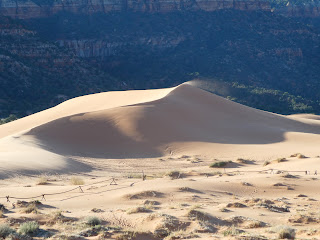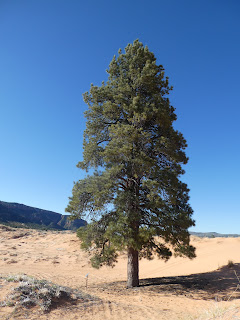This past week, I became aware of a research project being conducted
by scientist, futurist, historian and writer Stephan Schwartz. He has asked for volunteers to remote view
the year 2060. Since remote viewing is a
passion of mine, I contacted him to sign up.
The task involved completing a series of questions using remote viewing
or any other psychic skill that the participant may have.
Right off the bat, I encountered a problem. Technically, when remote viewing a target, that
target is blind to the viewer. In other
words, the viewer must not know anything about what is being viewed. There may also be cases where the viewer is
given some information about the target, and that is called front loading. The targets I viewed for Lori Williams were
always front loaded to some extent, but those for Paul Smith are never front
loaded. He sticks strictly to the Ingo Swann/Army
remote viewing protocol.
The survey I was presented with for the 2060 Remote Viewing
project was heavily front loaded, and consisted of a series of questions. There was no way that I could do a proper
remote viewing with that. I am actually
surprised that it is called a remote viewing project! Fortunately, other modalities were allowed,
so I chose a combination of clairvoyance, shamanic journeying and pendulum as
my modality.
Questions asked in the project involved the future of health
care, technology, housing, finances, climate, communication, and the overall
satisfaction and happiness of the people in 2060. I could choose any location
and either physically place myself there or project my consciousness to that
spot. I chose the latter, since I would
be over 100 years old and probably no longer in a body at that time. My location was the American Southwest, where
I live now.
So here are some of my impressions. The weather appeared to be dry, windy and
dusty. People were living in one story
roundish buildings, much like the shape of an igloo. The houses had thick walls, and were well
insulated. Power sources were solar,
geothermal, and also some sort of energy source that was beamed in from
above. Big cities were pretty much abandoned. The reason for this was that elevators were
no longer working, and there were difficulties bringing food and utilities to the upper floors of tall
buildings. People were living in small
towns instead.
The population was much smaller. The cause for this was decreased fertility,
the general desire to have fewer children, disease and pandemics, and
inadequate health care. People over a
certain age were not given the health care they needed, and were treated as if
they were expendable. Going into a
health care facility, I saw very few providers there. Everything was mechanized and the main treatment
modality was medication via injections.
There were questions about communication, and it looked like
there were implants put into people’s brains, so that they communicated
telepathically via technology. Too much technology
in the future, especially regarding people’s health and communications. We have a one world government at that time,
and there was very little civil unrest because everything was so uniform and
mechanized.
The most disturbing aspect that I detected of life in 2060
was the general dullness of consciousness in the people. It felt as if their souls had been taken
away, and they were very robotic. I do
not know the reason for this, and I am sure it was a gradual process. We can see that starting to happen now, with
the reliance on technology and the diminishing of critical thinking
skills.
Because of this numbing of humanity, crime and civil unrest
were minimal, but so was joy and contentment.
What a boring life! Let’s hope I
am wrong about most of this. I do not
know how and when the results of this project will be released. It may be via a book, live presentation by
Schwartz, or a scientific paper. If I am
privy to the end result because I took part, I will certainly reflect back on
my findings and let you know if anyone else got the same information that I
got.









































